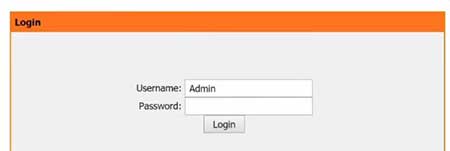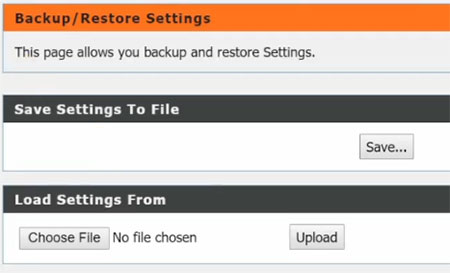CONTENTS
Brief Overview
Learn the exact D-Link router login steps required to access and configure your D-Link wireless router. Find out what is the default D-Link router IP address, username and password.
Before you login to your D-Link router
When we try to login to our D-Link router we need to make sure we have two things in order to login successfully.
We need to make sure our device is connected to the network either over WiFi or the network cable. And the second thing is that we have the router default IP address, as well as the router admin username and password. These D-Link router login details can be found in the user’s manual or on a label at the back or bottom of the router. You can also get them in this article as well.
So, let’s begin!
What are the default D-Link router login details?
The default D-Link router IP address is 192.168.1.1
You can also try logging into your D-Link router using these:
- http://dlinkrouter
- http://dlinkrouter.local
- 192.168.0.1
The default username is: admin or Admin
The username is case-sensitive so take care when you enter it in the appropriate field.
Leave the default D-Link password field blank if this is the first time you are logging into the router or try this password: admin.
D-Link Router Login Step by Step
If you have connected your device to your network and have the login details ready, just follow the next few steps.
STEP 1- Open your browser
A web browser is generally used to access the router settings so launch the one already installed on your device. You can use Chrome, Firefox or Edge, it doesn’t matter. But just in case if you are experiencing problems during the login process, always try with another browser before you try anything else.
STEP 2 – Enter the default IP in the URL bar
When the browser launches, type the default D-Link router login IP address in the URL bar. Press the Enter button on your keyboard and a new window will open.
STEP 3 – Enter the D-Link router login details

In the new window you will be asked to enter a username and a password. Type or select Admin or admin as a username and leave the password field blank. However, if you are using a custom username and password, use these login details instead.
STEP 4 – Click Login and you are in.
When you click the login button you should be redirected to the D-Link router admin page.
All the configuration settings can be found there and you can choose what to do now like configuring your wireless security, changing the default router admin username and password and so on. However, before you make any changes it is recommended to backup your router settings first. This is a good precautionary measure in case you mess things up in the settings. With a backup in hand, you can easily restore the router to its previous state.
How to backup and restore the D-Link router settings
When you login to your D-Link router, find the Maintenance section in the top menu.
Now in the left-hand menu click on Save/Restore settings.

In the Save Settings to file section you will see the Save button now. Click on it.
Now, choose where you want to save the configuration file and you are done. Keep the backup file somewhere safe in case you need it later.
However, if you are in a situation where you have to restore the backup file you can easily do it but find the section Load Settings From.
Click the Choose file button. Find the backup file stored on your computer and click the Upload button.
NOTE: Backup the settings every time you make some changes. Don’t upload an old backup file, because if the firmware has updated in the meantime, it may damage your router.
After all, you can always reset your D-Link router to factory settings in order to fix things up. However you have to know that all the customizations you have made to the router earlier like a custom WiFi password and name and other will be erased. You will have to set up the router from scratch.
Now when you know the D-Link router login steps and how to take backup of the current router settings and how to restore them, you can play with the router settings without fear that you will mess things up.

Hey, I’m David. I’ve been working as a wireless network engineer and a network administrator for 15 years. During my studies, I also worked as an ISP field technician – that’s when I met Jeremy.
I hold a bachelor’s degree in network engineering and a master’s degree in computer science and engineering. I’m also a Cisco-certified service provider.
In my professional career, I worked for router/modem manufacturers and internet providers. I like to think that I’m good at explaining network-related issues in simple terms. That’s exactly what I’m doing on this website – I’m making simple and easy-to-follow guides on how to install, set up, and troubleshoot your networking hardware. I also review new network equipment – modems, gateways, switches, routers, extenders, mesh systems, cables, etc.
My goal is to help regular users with their everyday network issues, educate them, and make them less scared of their equipment. In my articles, you can find tips on what to look for when buying new networking hardware, and how to adjust your network settings to get the most out of your wi-fi.
Since my work is closely related to computers, servers, and other network equipment, I like to spend most of my spare time outdoors. When I want to blow off some steam, I like to ride my bike. I also love hiking and swimming. When I need to calm down and clear my mind, my go-to activity is fishing.
